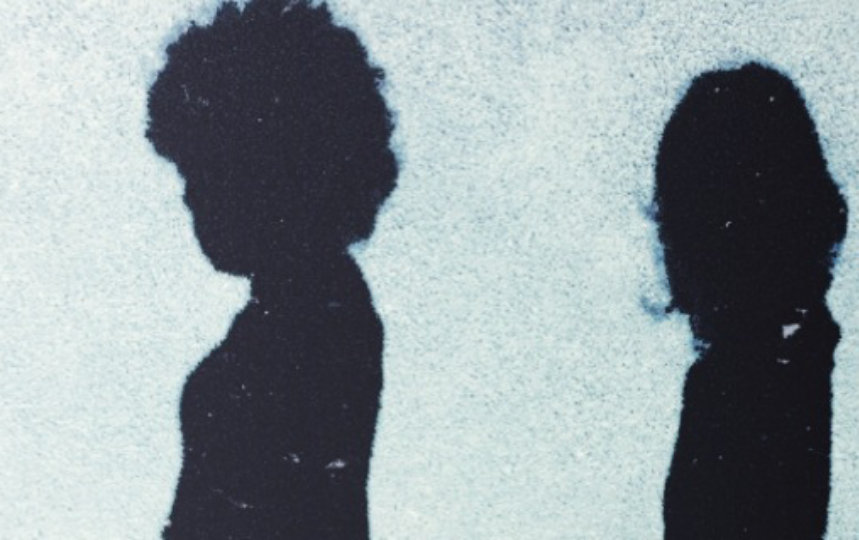PhotoDNA
Organizations, Businesses & Non-Profits
PhotoDNA Cloud Service is free for qualified customers.
Law Enforcement
PhotoDNA is available for free to law enforcement and tool providers.
How does PhotoDNA technology work?

PhotoDNA creates a unique digital signature (known as a “hash”) of an image which is then compared against signatures (hashes) of other photos to find copies of the same image. When matched with a database containing hashes of previously identified illegal images, PhotoDNA is an incredible tool to help detect, disrupt and report the distribution of child exploitation material. PhotoDNA is not facial recognition software and cannot be used to identify a person or object in an image. A PhotoDNA hash is not reversible, and therefore cannot be used to recreate an image.
Who uses PhotoDNA technology?
Microsoft donated PhotoDNA to the National Center for Missing & Exploited Children (NCMEC). NCMEC is the United States clearinghouse and comprehensive reporting center for all issues related to the prevention of, and recovery from, child victimization, include abduction, abuse and exploitation. The CyberTipline provides the public and electronic service providers (ESPs) with the ability to report instances of online enticement of children for sexual acts and child exploitation material. For more information, or to register for the CyberTipline, visit NCMEC at www.missingkids.com.
Microsoft continues to provide this valuable technology for free to qualified organizations including technology companies, developers, and non-profit organizations for the purpose of combatting child exploitation. Microsoft has also provided PhotoDNA for free to law enforcement, primarily through forensic tool developers. PhotoDNA has been widely incorporated into innovative visual image and forensic tools used by law enforcement around the world.
In 2015, Microsoft made PhotoDNA available as a service on Azure. The PhotoDNA Cloud Service enables smaller companies and other organizations that want to give users the freedom to upload content while ensuring the integrity of their platforms.
“Our goal is to stop that victimization. Using PhotoDNA, we will be able to match those images, working with online service providers around the country, so we can stop the redistribution of the photos.” – Ernie Allen, former President & CEO of the National Center for Missing & Exploited Children
“By working collaboratively with industry and sharing PhotoDNA technology, we’re continuing the fight to help protect children.” – Courtney Gregoire, Vice President & Chief Digital Safety Officer

